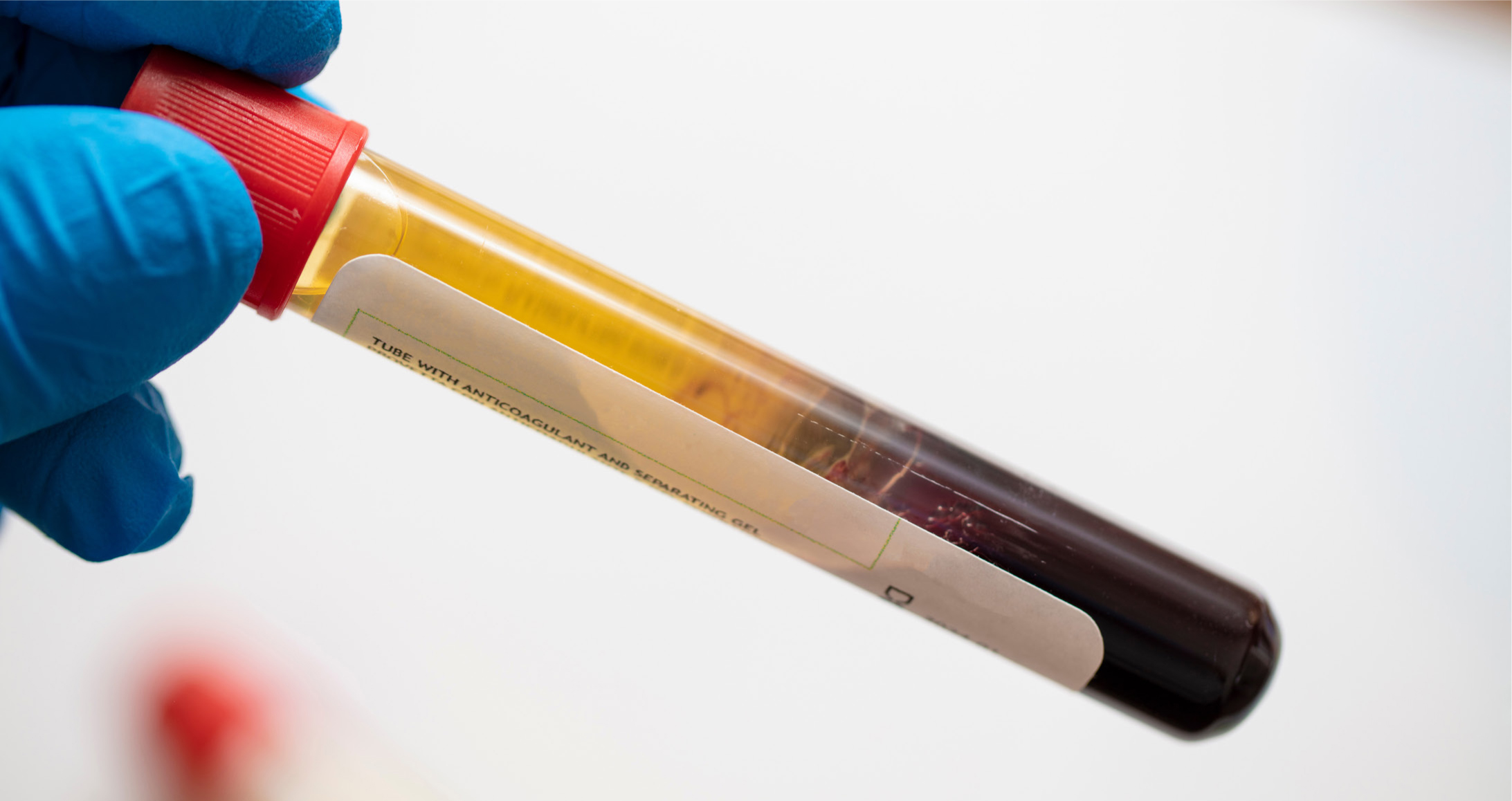

Regenerative medicine is the science that triggers the body's cells to repair or regenerate tissues to rejuvenate them and regain functionality.
Regenerative medicine is a broad field that is constantly evolving, and it focuses on the investigation of auto-healing. Auto-healing involves the processes by which the body activates its own systems to recreate new cells and restore tissues (Nerem, 2010).
Applied into the field of medical aesthetics, it is based on the reintroduction of specific cells into the skin, activating a chain of processes and generating collagen and elastin. These are two main proteins that help to maintain our skin firm and slow down the ageing process.
Application to aesthetic medicine
Regenerative medicine has come to play a crucial role in medical aesthetics. Within this field, clinicians can remodel and slow down the ageing process without injecting artificial substances. All these therapies have one commonality: they use the body's cells and healing processes as a tool, leading to a more natural result for patients.
» An ideal platelet-rich plasma has a high anabolic–catabolic ratio, which means a low count of red blood cells and neutrophils and a high count of monocytes and lymphocytes «
This category can also include energy device systems, such as laser or radiofrequency, that provoke specific stimuli in the skin and increase its repair mechanisms with the end goal of augmenting the production of collagen and other substances for the improvement of the general appearance.
Platelet-rich plasma: a revolutionary approach to skin rejuvenation and hair restoration
Platelet-rich plasma (PRP) is obtained from a patient's own blood, making this procedure autologous. After a blood sample is taken, a centrifuge machine separates blood products into different categories and isolates the plasma-rich platelet, which is also sometimes referred to as liquid gold due to its highly effective results.
PRP contains a full range of growth factors, and a higher concentration of platelets is usually contained in plasma. Platelets activate the release of growth factors and stimulate stem cells, which initiate wound healing cascades that ultimately result in tissue repair. During skin rejuvenation procedures, PRP and platelet-poor plasma are injected into the affected area, which then stimulate collagen and improve circulation.
This assists in improving skin quality, in particular, fine lines and dullness. Most often, patients report noticing a glow on their skin (Samadi et al, 2019).
Therefore, it can be said that PRP works by biostimulation and the activation of cell regeneration pathways. In other words, PRP takes aesthetics to an academic level (Leo et al, 2015).
As with any type of injection, there is always a risk of infection and bleeding; however, PRP is one of the safest options due to its autologous origin.
Contraindications include pregnancy, breastfeeding, active inflammation, anticoagulation therapy, autoimmune diseases and cancer (patients are required to be 5 years disease-free).
The role of platelet-rich plasma in hair restoration
In hair restoration, the main objective of PRP is to increase the texture and density of every hair follicle.
PRP is injected into the scalp through micro-injections. It exerts its effects mainly by improving the vascularisation of the affected area and follicles.
It is an excellent adjuvant therapy after a hair transplant, and it is indicated in all types of alopecias, with specific effectiveness in alopecia areata and androgenic (Kelm and Ibrahim, 2022).
PRP fortifies hair by rehabilitating aged follicles, allowing them to go back to produce a better quality of hair.
The benefits of platelet-rich plasma therapy
The benefits of platelet-rich plasma therapy include:
- Improving skin quality
- Slowing down the ageing process
- Improving pigmentation
- Promoting healing
- Restoring skin laxity
- Stimulating hair restoration
- Generating new skin tissue.
A combination of platelet-rich plasma and microneedling
The revolutionary combination of PRP and microneedling has shown greater effectiveness than PRP therapy alone. The treatments work better together, leading to a better result than if both were used as a standalone treatment (Kanodia et al, 2016).
Microneedling, also known as collagen induction therapy, consists of a device with several tiny needles. It aims to cause microdamage to the skin to stimulate and harness healing (Nanda et al, 2021).
Recommended treatment regimen
The recommended number of sessions is between four and six, with a 4-week interval between each.
Maintenance is best between 12 and 18 months. However, this is best tailored to every patient's needs and considering their unique qualities and concerns to offer a personalised treatment plan.
Results
The results of PRP are progressive and long-lasting. Patients normally report an immediate glow in their skin and hair; however, the real action kicks in later in the game.
Collagen takes 4–6 weeks to generate. Skin laxity will improve and indirectly cause a lifting and tightening effect, specifically in the face. It is essential to understand that the more the affected area is worked on, the better the results are.
Ideal platelet-rich plasma
The reality is that not all PRP is the same. The way that it is created makes a huge difference to the treatment's effectiveness and results. It depends on the technology that is used and how it is prepared.
As it is known that the treatment's aim is to harness the body's healing potential, specific cells can be targeted to achieve that. Platelets play the primary role. Studies have shown that a higher concentration and dose have a better effect on the stimulation of cellular response; however, once the optimum threshold is met, more is not necessarily better.
Platelets are dormant in the blood; once an injury is created, they activate, recruit more platelets and release growth factors that stimulate a response.
Red blood cells (RBC) play an inhibitory role in the healing process. They promote inflammation and catabolism; therefore, a low RBC count is essential for an ideal PRP.
White blood cells (WBC) can be divided into two categories: granulocytes and mononuclear cells (Everts et al, 2020).
Neutrophils, part of the granulocytes, normally fight infection, and their action induces catabolism and, therefore, inflammation. On the other hand, inside the family of mononuclear cells, there are monocytes and lymphocytes. Their role is to clean up, remove debris, stimulate platelets and help reduce inflammation, producing an anabolic effect.
An ideal PRP has a high anabolic–catabolic ratio, which means a low count of RBCs and neutrophils and a high count of monocytes and lymphocytes.
The ideal numbers of PRP composition are 0% RBCs, 99% platelets and 1%WCC (0% neutrophils, 80% lymphocytes and 20% monocytes).
Are we there yet?
Ryan Riggs, a specialist in regenerative orthobiologics, has compared the most well-known systems in the market.
He concluded that Cellenis, known as Tropocells in the US, is the system capable of achieving the most similar preparation to the ideal PRP. Cellenis numbers are 0% RBCs, 99% platelets and 1% WBC (4.3% neutrophils, 83% lymphocytes and 11.4% monocytes).
Conclusion
Aesthetic medicine is continually growing and evolving, and it is showing a marked tendency to shift towards regenerative procedures.
PRP is a natural alternative to skin rejuvenation, with fewer side effects and great results if the sample is high quality. A high anabolic–catabolic ratio and a high platelet dose are required to stimulate a well enough cellular response.



